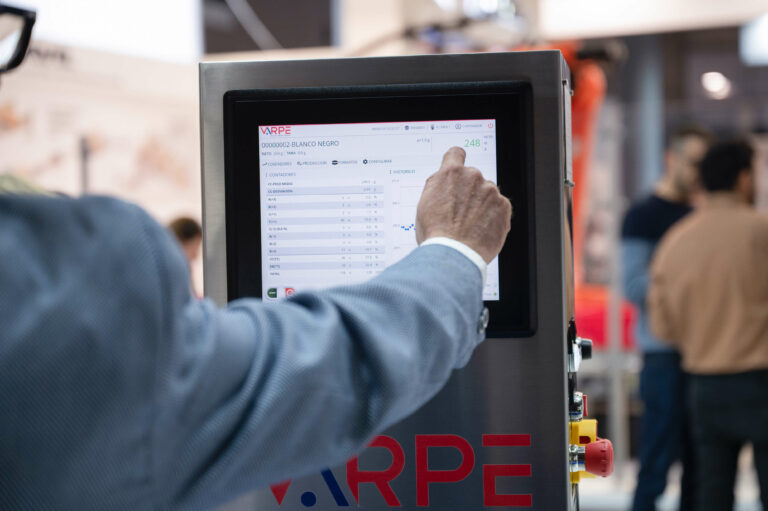Communication protocols are essential for different devices, systems, or applications to exchange data in an orderly and efficient manner. From everyday internet use to more specialised environments such as industry or automation, these protocols allow information to flow correctly between different technologies.
At VARPE, we will review the main types of communication protocols, how they are classified, and in what contexts they are used. Whether you work in technology, are interested in how networks work, or simply want to better understand how devices communicate, this guide will provide you with a clear and accessible overview of the subject.
At VARPE, we will review the main types of communication protocols, how they are classified, and in what contexts they are used. Whether you work in technology, are interested in how networks work, or simply want to better understand how devices communicate, this guide will provide you with a clear and accessible overview of the subject.









